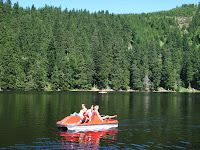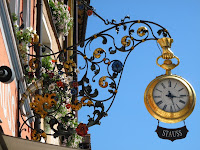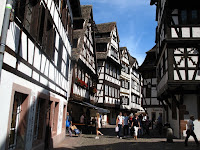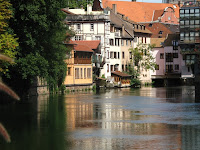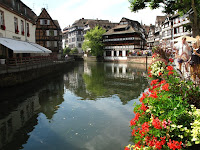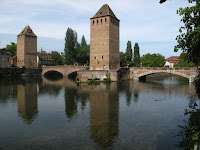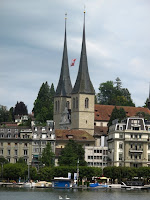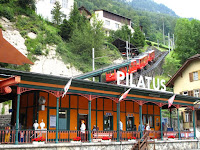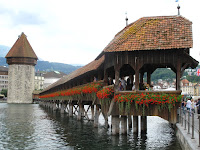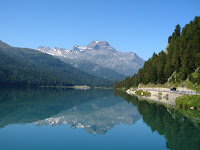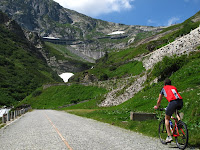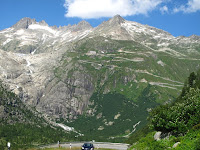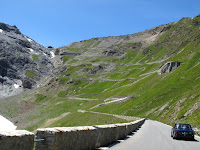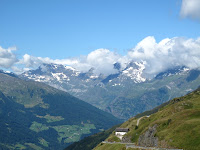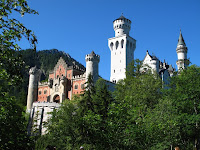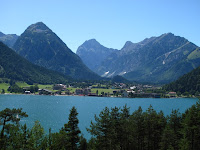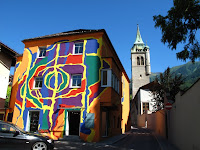 but the guide book told us it was a 2-hour round trip from Marienbrucke and the driving instructions for the day we were here previously said it was a full day's drive so we did not attempt to fit the two-hour walk into that day. As it turned out, we were misled on both counts. It was not a full day's drive and we made it up to the view, took our photos and were back to the bridge in 50 minutes this morning.
but the guide book told us it was a 2-hour round trip from Marienbrucke and the driving instructions for the day we were here previously said it was a full day's drive so we did not attempt to fit the two-hour walk into that day. As it turned out, we were misled on both counts. It was not a full day's drive and we made it up to the view, took our photos and were back to the bridge in 50 minutes this morning. Unfortunately we did not start from the bridge, we had to make the climb from the village once again and because we did not want to pay the high car-park charges we parked a little way out of the village making the whole trip car to view and return in two hours of energetic walking.
Unfortunately we did not start from the bridge, we had to make the climb from the village once again and because we did not want to pay the high car-park charges we parked a little way out of the village making the whole trip car to view and return in two hours of energetic walking.

While that view was “energetic” the next was restful and contemplative as we stopped at the Wieskirche. This World Heritage site is a riot of Baroque decoration gone totally over the top.


A statue of Christ supposedly wept in 1765 and the humble little chapel that held the statue could not cope with the
 crowds of pilgrims that flocked to see the statue so the church fathers commissioned a new, larger church; the building of which coincided with the height of the Baroque fashion. It is absolutely amazingly astonishingly astounding.
crowds of pilgrims that flocked to see the statue so the church fathers commissioned a new, larger church; the building of which coincided with the height of the Baroque fashion. It is absolutely amazingly astonishingly astounding.These two sites lie at the southern end of the Romantic Road and it was this that we followed for the rest of the day; stopping at Landsberg am Lech, Freidberg, Augsberg and Donauworth of which Freidberg was not worth the detour. Other towns at the southern end of the Romantic Road were just drive-bys.


Of the ones we stopped at, Lansdsberg am Lech was the nicest although they all would have looked better in the sunlight rather than in the intermittent rain.
